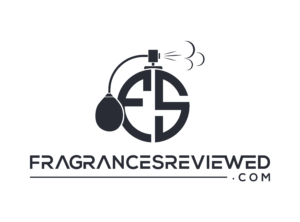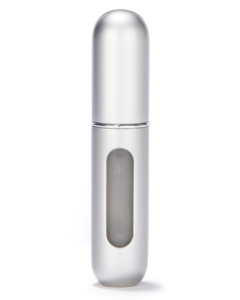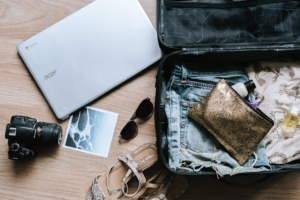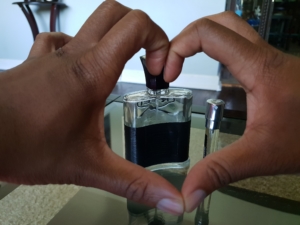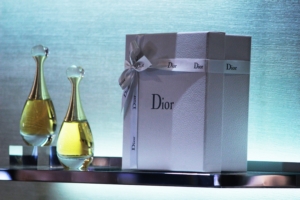Cologne is an essential part of a young man’s arsenal when trying to make an impression. Along with his shoes and watch, the way he smells is probably the most prominent impression he can make on others. It is also the most underrated and misunderstood.
Ditching the body spray and transitioning to wearing cologne (or “smell-good”) is a rite of passage for most young men (it certainly was for me). The difficult part is finding something that a) smells good b) is of good quality and c) is affordable (say under $50). With these criteria in mind, here are the 10 best affordable colognes for young men:
10. Davidoff Cool Water
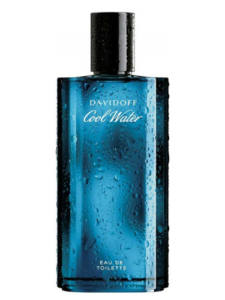
Top Notes: Lavender, Coriander, Peppermint, Rosemary, Orange Blossom
Heart Notes: Jasmine, Oakmoss, Geranium, Sandalwood
Base notes: Amber, Musk, Sandalwood, Cedar
Average price: Under $25 for 125 ml Eau de toilette
Released in 1988, Cool Water has gone on to become the most commercially successful men’s fragrance of all time. This aquatic fougere (fern) living legend of a cologne opens with aromatic lavender coupled with orange and mint with a slight hint of rosemary top note. It then transitions to an oak moss middle. Cool Water then dries down to a base of sandalwood and musk. It’s a complex scent that is a unique, compelling expression of sea water. A daytime scent that works well in warm weather, Cool Water is easy to wear and is suitable for casual or office use. It’s inexpensive (well under $50) and available almost anywhere. This is always in my gym bag as my go-to after a post-workout shower.
9. Azzaro Chrome
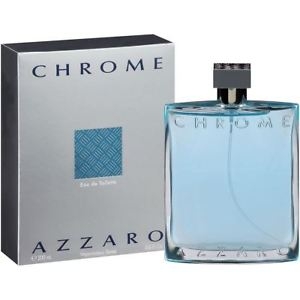
Top Notes: Bergamot, Bitter orange, Transparent musks
Heart Notes: Ivy, Lichen, Hedione
Base notes: Maté, Sandalwood, Rosewood
Average price: $45 for 100 ml Eau de toilette
Confession time. Chrome was actually my first big boy cologne that I bought for myself in my later teen years. For me, this is where it all started; my first signature scent after moving on from body spray. And to be honest, there is nothing not to like about Chrome. It is absolutely suitable on a hot summer day and works just as well on cooler days. I love the smell of this. It’s crisp, clean, simple, and inoffensive. It smells of fresh citrus and clean laundry with a hint of fresh metallic note. It’s definitely safe for the office in warmer months. It’s available at most retailers for a good value.
8. Ralph Lauren Polo Sport
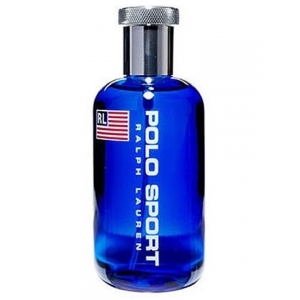
Top Notes: Tangerine, Lemon, Seaweed, Pineapple.
Heart Notes: Rosewood, Seaweed, Ginger.
Base notes: Seaweed, Musk, Oakmoss, Sandalwood.
Average price: $50 for 75 ml Eau de toilette
If you want to channel your inner athlete, go with Polo Sport by Ralph Lauren . Polo Sport opens with fused fruity, cool top notes with smooth, cool spices and a unique (and now famous) seaweed note in the heart. It is finished off with a woody aromatic base. For many, Polo Sport is the quintessential aquatic fragrance. It’s a boyish, fresh aquatic scent that makes a perfect first cologne.
7. Montblanc Legend
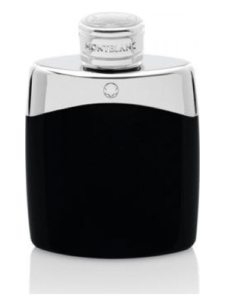
Top Notes: Bergamot, Lavender, Pineapple leaf, Verbena
Heart Notes: Oakmoss, Geranium, Coumarin, Apple, Rose, Pomarosa
Base notes: Sandalwood, Tonka, Veramoss
Average price: $35 for 100 ml Eau de toilette
Released in 2011, Montblanc Legend is a subtle, modern cologne that gives off a bold, nostalgic vibe. A crisp aromatic fougere for men, it is a well-executed mix of fruits and florals with a lovely woodsy dry down. This creates an intimate fragrance shared by those in your personal space. It comes on strong and then lightens and smooths out. It’s a safe, romantic scent that’s inoffensive and suitable for any occasion especially in the spring months.
6. Swiss Army Victorinox
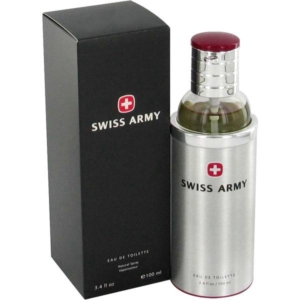
Top Notes: Green notes, Yuzu, Mint, Bergamot
Heart Notes: Rosemary, Lavender, Violet leaf, Edelweiss
Base notes: Cypress, Musk, Balsam fir, Cedar
Average price: $35 for 100 ml Eau de toilette
Launched in 1997 by world-renowned knife maker Victorinox, Swiss Army opens with a splendid marriage of Japanese yuzu, bergamot, and spearmint, transitioning to a middle of sweet aromatic lavendar with floral undertones all on a base of laundry musk. Overall, it’s got a fresh and green vibe going, feeling refreshing without feeling super artificial. It’s best suited for the summer months. The great thing about Swiss Army is that its pretty far below the radar as far as colognes go, so you might want to consider this one if you dread wearing cologne that others are wearing.
5. CK Eternity Aqua
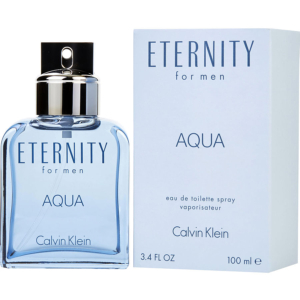
Top Notes: Cucumber, Citrus cocktail, Water lotus, Watery green leaves
Heart Notes: Plum, Pepper, Red berries, Lavender, White cedar
Base notes: Sandalwood, Guaiac wood, Patchouli, Musk
Average price: $35 for 100 ml Eau de toilette
Eternity Aqua is a “flanker” (spinoff) of the legendary original CK Eternity. While the original is all about green notes, Eternity Aqua is an interesting mix of fruity, green, spicy, and woody notes with aquatic undertones. Overall, it can be described as fresh, masculine, and youthful. It begins with a fresh blend of cucumber and green notes as the heart quickly reveals an aquatic presence of lotus with aromatic hints plum and lavender along with spicy pepper. The base is comprised of musk and woodsy notes. It’s a perfect scent for a hot day or in the office and it’s a compliment magnet. A good, solid, affordable modern aquatic.
4. Nautica Voyage
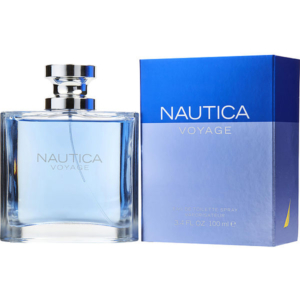
Top Notes: Green leaves, Apple
Heart Notes: Mimosa, Lotus, Marine notes
Base notes: Cedarwood, Oakmoss, Musk, Amber
Average price: $15 for 100 ml Eau de toilette
On the surface (pun intended), Voyage may seem like any other fresh citrus aquatic. But the solid execution, refinement, and balance of its note composition allows this bargain cologne to punch with $100 designer fragrance heavyweights making it an absolute steal. It’s a fresh and fun fragrance that’s hard for anyone to dislike. Highly recommended.
3. L’Eau d’Issey Pour Homme
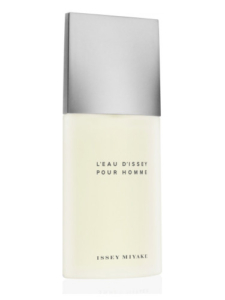
Top Notes: Yuzu, Cypress, Coriander, Mandarin, Clary sage, Fresh verbena
Heart Notes: Blue water lily, Nutmeg, Saffron, Bourbon geranium, Ceylonese cinnamon
Base notes: Tobacco, Amber, Musk, Indian sandalwood, Haitian vetiver, Cypriol
Average price: $39 for 125 ml Eau de toilette
A living legend and the king of Japanese yuzu, L’Eau d’Issery Pour Homme starts off with it in abundance along with lemon, verbana, and other Oriental spices. It’s pleasant and deceptively strong. It gives me a homey feel when I wear it, like I’m walking through the gardens of a Japanese palace looking at the flowers in a reflection pool on a breezy day. While technically masculine, you could argue that it has a unisex vibe. More of the spices appear during dry down along with its woody base notes. People will notice you when you wear this one. The ironic thing about it is that the large combination of notes gives off a simplistic scent. This cologne should be your citrus go-to.
2. CK One Shock
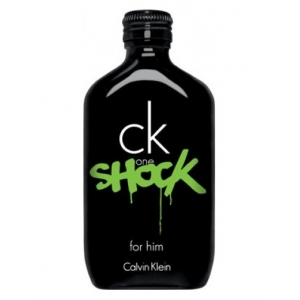
Top Notes: Clementine, Purple lavender, Cucumber
Heart Notes: Osmanthus, Black pepper, Cardamom, Black basil
Base notes: Chocolate, Tobacco, Ambreine, Cashmeran musk, Patchouli
Average price: $45 for 200 ml Eau de toilette (a steal!)
Don’t be fooled by the bottle. CK One Shock is not as loud and flamboyant as you might think. It’s actually a very well-balanced, smooth, refined, and dare I say mature scent as I noted in my review of it here. The most prominent note in this cologne is the chocolate tobacco on top of the lavender and greens, both of which makes for a pleasant opening and dry down. It’s a great value that punches at high end cologne territory and grabs many compliments.
1. Armaf Club de Nuit Intense
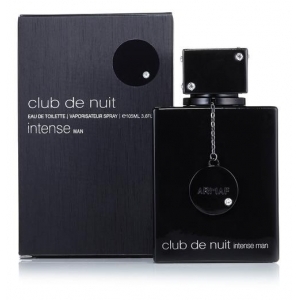
Top Notes: Lemon, Blackcurrant, Apple
Heart Notes: Jasmine, Birch
Base notes: Vanilla, Ambergris, Musk, Patchouli
Average price: $35 for 100 ml Eau de toilette
If I could, I would put Creed Aventus (one of the most popular fragrances today) at the top of this list. I love Creed Aventus (see my review) very much. But unfortunately, a bottle of the stuff will set you back about $275 meaning it’s not the best choice for a young man looking for something affordable. Enter Armaf Club de Nuit Intense.
Club de Nuit Intense is a high quality Creed Aventus clone. It has the same signature pineapple fruit and smokey woodsy musky dry drown. But it’s only a tenth of the price. There are some subtle differences but most people really can’t tell the difference and some people even prefer Club de Nuit Intense in its own right over the original Creed Aventus. As a standalone fragrance, Clue de Nuit Intense is a fine choice. As a Creed Aventus clone, it’s a downright steal.
